Ep. 316 | The History of Taiwan (Part 7)
Taiwan's history continues into the 1930s during the period of Japanese rule. We pick up where we left off last time in 1930. In Part 7 we'll take the history all the way to the end of WWII and the defeat of Japan. We'll look at several of the events of the 1930s such as The Taiwan Exposition, the Kōminka Movement, Taiwan's role in the war, and what happened when it was all over.
Listen On Your Favorite Podcast Player
Terms in Episode
| Pinyin/Term | Chinese | English/Meaning |
|---|---|---|
| Táinán | 台南 | Located on the southwest coast of Taiwan, this is where the earliest recorded history began with the arrival of the Dutch in 1624. Tainan was where the Dutch built Fort Provintia and Fort Zeelandia |
| Míng | 明朝 | The Ming Dynasty 1368-1644 |
| Qīng | 清朝 | Last imperial dynasty of China 1644-1912 |
| Taipei (Taihoku) | 台北 | Called Taihoku City in Japanese, Taipei is located in Northern Taiwan, Taipei is an enclave of the municipality of New Taipei City that sits about 25 km (16 mi) southwest of the northern port city of Keelung. Most of the city rests on the Taipei Basin, an ancient lakebed. The basin is bounded by the relatively narrow valleys of the Keelung and Xindian rivers, which join to form the Tamsui River along the city's western border |
| Běitóu | 北投 | The northernmost of the twelve districts of Taipei City, Taiwan, famous for its hot springs |
| Dàdàochéng | 大稻城 | It was also known as Twatutia (a transliteration of the Taiwanese Hokkien Tōa-tiū-tiâⁿ),Daitōtei during Japanese rule, and Tataocheng during the Kuomintang era. Dadaocheng was an important trading port in the 19th century, and is still a major historical tourist attraction and shopping area. The district is known for the local Taiwanese cuisine |
| Emperor Hirohito | 昭和天皇 | 1901-1989, Emperor Showa, commonly known in English-speaking countries by his personal name Hirohito (裕仁). The 124th emperor of Japan, ruling from 25 December 1926 until his death in 1989 |
| Nakagawa Kenzō | 中川健藏 | 1875-1944, Japanese bureaucrat and political figure. Served as governor general of Taiwan 1932-1936 |
| 1935 Shinchiku-Taichū Earthquake | This quake occurred with a Richter magnitude of 7.1 (7.0 Mw) in April 1935 with its epicenter in Taizhong, Taiwan (Shinchiku Prefecture). It was the deadliest earthquake in Taiwan's recorded history, claiming 3,276 lives and causing extensive damage. Twelve seconds after the mainshock, an aftershock of ML 6.0 occurred, centered on Gabi Village (present-day Emei Township, Hsinchu County). | |
| Táizhōng | 台中 | City on the west coast of Taiwan that also served as the provincial capital |
| Xīnzhú (Taichū) | 新竹 | City on the northwest coast of Taiwan |
| Éméi Township | 峨眉乡 | A rural township in Hsinchu |
| huángmínhuà | 皇民化 | The Kōminka Movement, "Kōminka" literally means "to make people subjects of the emperor". There were three components. First, the "national language movement," Second, the "name changing program" Third was the "volunteers' system" drafted Taiwanese subjects into the Imperial Japanese Army and encouraged them to die in the service of the emperor |
| Hokkien | 福建 | In the Minnan dialect, the people, language and culture of southern Fujian |
| Hakka | 客家 | A Han Chinese subgroup whose ancestral homes are chiefly in the Hakka-speaking provincial areas of Guangdong, Fujian, Jiangxi, Guangxi, Sichuan, Hunan, Zhejiang, Hainan, Guizhou in China, as well as in parts of Taiwan. Unlike other Han Chinese subgroups, the Hakkas are not named after a geographical region in China. The word Hakka or "guest families" is Cantonese in origin and originally refers to the Northern Chinese refugees fleeing social unrest, upheaval and invasions in northern parts of China who migrated to the south. |
| Kobayashi Seizō | 小林 躋造 | 1877-1962, was a Japanese naval commander, commander of the Combined Fleet of the Imperial Japanese Navy (1931–1933) and the 17th Governor-General of Taiwan (1936–1940) |
| Kamidana | 神棚 | These were little mini-Shinto alters placed in a person's home |
| Kokugo | 国语 | the national Japanese language (Guóyǔ in Chinese) |
| Kaiseimei | 改姓名 | (Gǎixìngmíng) officially replacing one’s Chinese name with a Japanese name |
| Gāoshā Yìyǒngduì | 高砂义勇队 | The Takasago Volunteers |
| Jīlóng | 基隆 | Officially known as Keelung City. It's a major port city situated in the northeastern part of Taiwan. The city is a part of the Taipei–Keelung metropolitan area, along with its neighbors, New Taipei City and Taipei. |
| Ruìfāng District | 瑞芳区 | suburban district in eastern New Taipei City, Taiwan |
| Jīnguāshí | 金瓜石 | Kinkaseki POW Camp |
| Gāoxióng | 高雄 | The city of Kaohsiung on the southwest coast of Taiwan |
| Yílán | 宜兰县 | A county in northeastern Taiwan, just southeast of Taipei |
| Zhōngshān Hall | 中山堂 | a historical building which originally functioned as the Taipei (Taihoku) City Public Auditorium. It is located at 98 Yanping South Road in the Ximending neighborhood of Zhongzheng District, Taipei |
| Ando Rikichi | 安藤 利吉 | 1884-1946, was a general in the Imperial Japanese Army and 19th and final Japanese Governor-General of Taiwan from 30 December 1944 to October 1945. |
| Haiphong | 海防 | a major industrial city in Vietnam. Hai Phong is also the center of technology, economy, culture, medicine, education, science and trade in the Red River delta. |
| Chén Yí | 陈仪 / 陳儀 | 1883-1950, was the chief executive and garrison commander of Taiwan Province after Japan surrendered. He acted on behalf of the Allied Powers to accept the Japanese Instrument of Surrender in Taipei Zhongshan Hall on October 25, 1945. He is considered to have mismanaged the tension between the Taiwanese and Mainland Chinese |
| Zhèjiāng | 浙江 | A coastal province in Eastern China, south of Jiangsu and north of Fujian |
| Fujian | 福建 | A coastal province in Eastern China, south of Zhejiang and east of Guangdong |
| Táiwān Dìwèi Wèidìng Lùn | 台湾地位未定论 | the Theory of the Undetermined Status of Taiwan |
| Nánshā Islands | 南沙群島 | The Spratly Island Chain in the South China Sea |
| Xīshā Islands | 西沙群岛 | The Paracel Island Chain in the South China Sea |
| Pénghú | 澎湖 | Also popularly known as the Pescadores Islands. This is an archipeligo of 90 islands in the Taiwan Strait covering an area of 141 square km. The largest city is Magong |
| Xiàmén | 厦门 | Major city in southern Fujian, also known as Amoy |
| Zhāngzhōu | 漳州 | City on the southern coast of Fujian |
| Quánzhōu | 泉州 | City in southern Fujian adjacent to Xiamen |
| Méi County | 梅县 | Méi County in Eastern Guangdong. The center of Hakka Culture in China |
| Guǎngdōng | 广东 | Province in southern China |
| Shàoxīng | 绍兴 | City in Zhejiang Province |








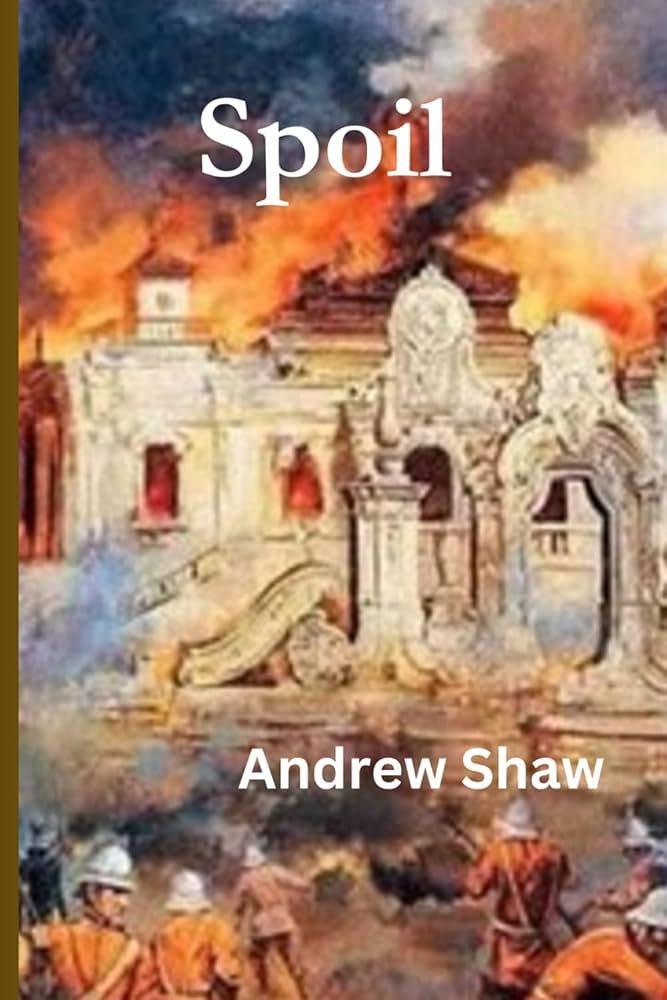


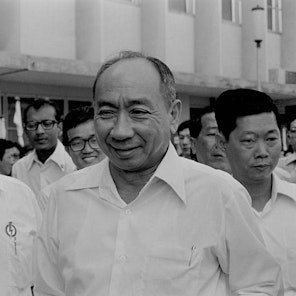

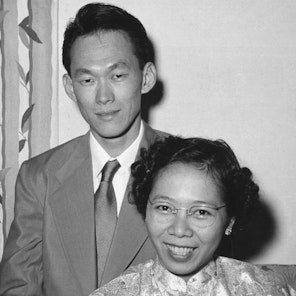
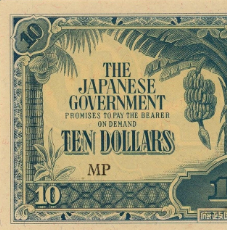
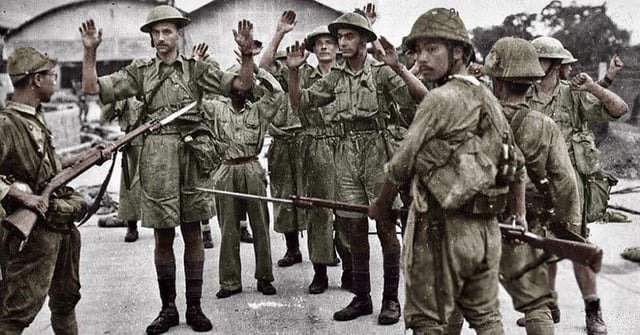
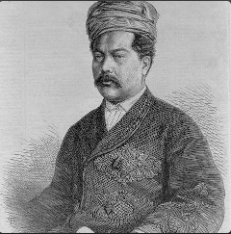
Former BBC reporter and master jade carver Andrew Shaw is back. What an informative interview this one turned out to be!